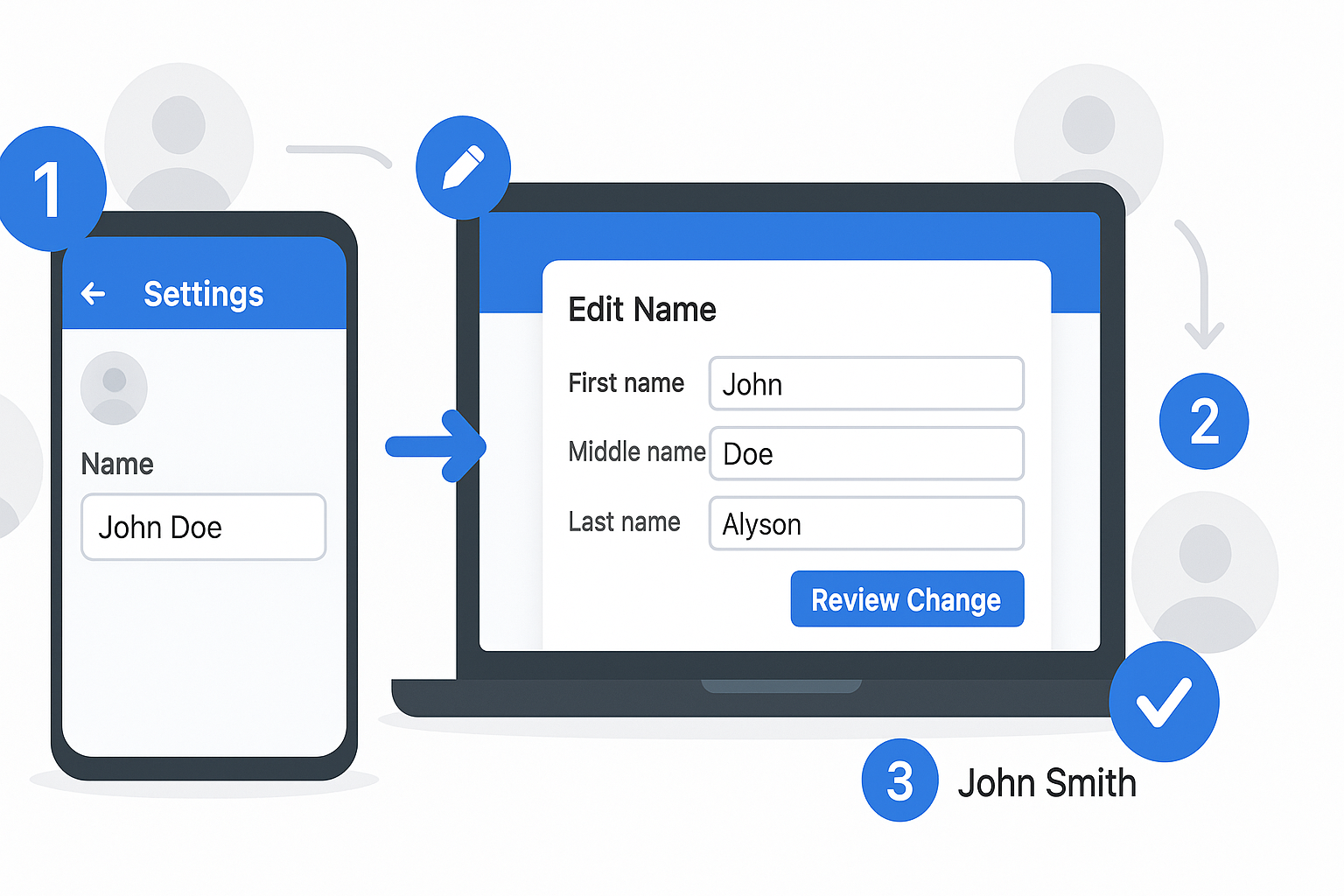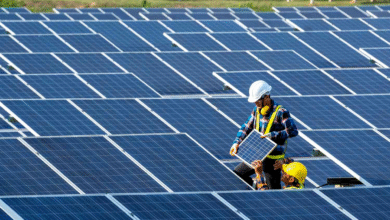How to Plan a Road Trips in Your EV: Tips for New Drivers
Embarking on a road trip in your electric vehicle (EV) is no longer a far-off dream, but a practical and eco-friendly adventure that’s within reach for anyone ready to explore the open road.

Embarking on a road trip in your electric vehicle (EV) is no longer a far-off dream, but a practical and eco-friendly adventure that’s within reach for anyone ready to explore the open road. The rise of electric vehicles has made long-distance driving more sustainable, but for new EV drivers, road trips can still present unique challenges. From range anxiety to finding the right charging stations, planning is key to a smooth and enjoyable journey.
In this comprehensive guide, we’ll walk you through everything you need to know to plan your first (or next) EV road trip. Whether you’re cruising through scenic landscapes or heading to your favorite destination, this guide will equip you with the tips and tools you need for a stress-free ride.
Why Road Trips in an EV?
The Environmental Impact
Electric vehicles (EVs) are quickly gaining popularity due to their eco-friendly nature. Unlike traditional gasoline cars, EVs produce zero tailpipe emissions, which significantly reduces your carbon footprint. By choosing to drive an EV on your road trip, you’re not only cutting down on pollution but also contributing to a sustainable future.
Lower Operating Costs
In addition to environmental benefits, EVs offer lower operating costs. Charging an electric car is generally cheaper than fueling a gasoline vehicle. Over the course of a long road trip, these savings can add up, making your EV an economically savvy choice.
Busting the Myths of EV Road Trips
Despite their advantages, some myths still linger about EV road trips—chiefly, concerns about range and charging availability. Fortunately, the growing network of fast chargers and improved battery technology are making it easier than ever to travel long distances in an EV.
Understanding Your EV
Types of Electric Vehicles for Road Trips
Not all EVs are created equal when it comes to road trips. Some are designed for longer distances, while others may be better suited for shorter commutes. Popular EVs with great road trip potential include:
- Tesla Model S – Known for its impressive range and fast-charging capabilities.
- Ford Mustang Mach-E – Offers both long range and a smooth ride.
- Chevrolet Bolt EV – Affordable with a reasonable range for most road trips.
When selecting your vehicle, be sure to consider its range and charging speed to ensure it aligns with your trip’s needs.
EV Battery and Range
The driving range of an EV depends largely on the battery size and driving conditions. Most modern EVs offer a range of anywhere from 200 to 370 miles on a full charge. However, your actual range can vary depending on factors such as:
- Speed: Higher speeds drain the battery faster.
- Terrain: Driving uphill can use more energy.
- Temperature: Extreme cold or hot weather can impact battery performance.
Understanding your vehicle’s range is crucial for route planning, ensuring you won’t get caught in an unexpected situation with a low battery.
Charging Speed and Infrastructure
One of the key aspects of planning a road trip in an EV is knowing where and how to charge. Charging stations are typically categorized into three types:
- Level 1: Standard household outlets (slowest charging).
- Level 2: Public chargers (takes several hours to charge).
- DC Fast Chargers: Rapid charging (typically restores 80% charge in 30 minutes).
When planning your route, make sure you know where fast chargers are located, especially for longer trips. Many EVs, such as Tesla, have access to exclusive fast-charging networks, making long-distance driving easier.
Planning Your Road Trip
Route Planning
Planning is the key to a successful EV road trip. With EVs, it’s essential to take into account charging stops along your route. Here’s how to plan effectively:
- Use EV-specific Route Planners: Apps like A Better Route Planner and PlugShare can help you map out your route and find EV-friendly charging stations along the way.
- Account for Charging Time: Unlike gasoline vehicles, which can refuel in minutes, EVs require longer charging times. Make sure to plan extra time for charging stops.
- Look for Charging Station Availability: Charging stations may not always be available or functioning. Check real-time availability through apps and plan backup charging points.
Setting Realistic Expectations
While it’s tempting to drive at highway speeds, remember that the faster you go, the quicker your battery will drain. On highways, maintaining a steady speed of 55–60 mph is generally more efficient than driving at 75 mph. Also, be prepared for occasional detours, as not all roads may have EV charging stations nearby.
Weather Considerations
Extreme weather can affect your vehicle’s range. Cold weather, for example, can reduce battery efficiency. Here’s how to optimize your EV during weather changes:
- Cold Weather: Preheat your vehicle while plugged in to preserve battery life. Avoid using heating features unless necessary.
- Hot Weather: Keep the cabin cool with air conditioning, but be mindful that this will use extra battery power.
Charging Your EV on the Road
Finding Charging Stations
Using apps like Tesla Supercharger (for Tesla owners) or PlugShare, you can easily locate charging stations along your route. These apps show real-time availability, charger types, and user reviews, which helps you avoid delays or issues when you stop to charge.
Types of Charging Stations
Charging stations come in three varieties, each with different charging speeds:
- Level 1 Chargers: Best for overnight charging at home or hotels.
- Level 2 Chargers: Found at public locations, offering faster charging than Level 1 but slower than DC Fast Chargers.
- DC Fast Chargers: Ideal for quick top-ups while on the road. Look for these chargers in places like highway rest stops and major EV networks.
Charging Etiquette
- Be Courteous: Don’t stay at a charging station longer than necessary.
- Share the Space: If you’re charging at a popular station, be aware of others waiting to charge.
- Have a Backup Plan: Always have an alternative charging station in mind in case the one you planned to use is unavailable.
Tips for Efficient Driving and Maximizing Range
Driving Habits for Longer Range
To get the most out of your EV’s battery, adapt your driving habits:
- Maintain Moderate Speeds: Excessive speed reduces efficiency.
- Use Regenerative Braking: Many EVs have regenerative braking that recovers energy as you brake. Using this feature correctly can extend your range.
- Smooth Acceleration and Deceleration: Avoid sudden starts and stops to conserve energy.
Using Regenerative Braking
Regenerative braking is a feature found in most EVs that recovers energy when braking and sends it back into the battery. This can add significant range, especially during city driving with frequent stops. Many vehicles allow you to adjust the strength of regenerative braking—use higher settings to maximize energy recovery.
Planning for Efficient Charging Stops
When planning your charging stops, factor in the following:
- Distance Between Charging Stations: Map your route around the availability of fast-charging stations.
- Charging Duration: Make charging stops part of your overall break time. Consider stopping at places where you can relax, stretch, and grab a snack while your vehicle charges.
What to Pack for the Road Trip
Essential Items for EV Road Trips
Be sure to pack the following to ensure a smooth EV road trip:
- Charging Cables and Adapters: Always bring your car’s charging cable, and consider portable chargers for emergency situations.
- Tire Repair Kit: In case of a flat, it’s always good to be prepared.
- Emergency Kit: This should include items like a first-aid kit, flashlight, snacks, and a phone charger.
- Water and Food: Bring enough supplies to stay hydrated and energized throughout the journey.
Organizing the Cabin for Long Distances
When packing, make sure to organize your items efficiently. Consider using a roof rack for larger items, and pack light to reduce the vehicle’s weight, which can affect range.
Budgeting for an EV Road Trip
Charging Costs vs. Fuel Costs
Charging an EV is typically cheaper than fueling a traditional vehicle. The average cost to charge an EV is significantly lower than the cost of gasoline, especially when using public charging stations or home charging.
- Home Charging: Charging at home is the most cost-effective method, especially if you have solar panels.
- Public Charging: Prices vary depending on the charging network, so be sure to check the costs ahead of time.
- High-Speed Charging: While fast charging is convenient, it tends to be more expensive than regular charging.
Also Read: Will Electric Cars Create a Cleaner Planet?
Managing EV Road Trip Stress
Dealing with Range Anxiety
Range anxiety is a common concern for new EV drivers. However, with the right planning and mindset, it’s easy to manage. Always have a backup charging station in mind and don’t be afraid to take a detour if necessary.
Troubleshooting Common EV Issues
- Low Battery: If your battery is running low, find a nearby charging station immediately. Many apps provide real-time updates on charger availability.
- Roadside Assistance: If you encounter any mechanical problems, don’t hesitate to call for roadside assistance. Many EV manufacturers offer specialized roadside support.
Bonus Tips for an Unforgettable EV Road Trip
Taking Advantage of EV Features
EVs are packed with high-tech features that can make your road trip more enjoyable. Many EVs have advanced navigation systems that can help you locate charging stations, track energy usage, and even suggest more efficient routes.
Exploring Scenic Routes and EV-Friendly Destinations
Some scenic routes are particularly suited for EV drivers, with charging stations conveniently spaced along the way. Look for eco-tourism destinations that are EV-friendly, where you can charge your car while exploring new places.
Conclusion
Planning a road trip in your EV is an exciting and rewarding experience. With proper preparation, the right mindset, and a bit of research, you can confidently embark on your adventure, knowing you’re making a positive impact on the environment while enjoying a cost-effective and enjoyable journey. Start planning your EV road trip today, and get ready to experience the open road like never before!
Ready to Plan Your EV Road Trip?
Now that you’re equipped with all the tips and tools you need, why not start planning your next road trip? Download an EV route planner app, pack your essentials, and hit the road with confidence! Safe travels!







